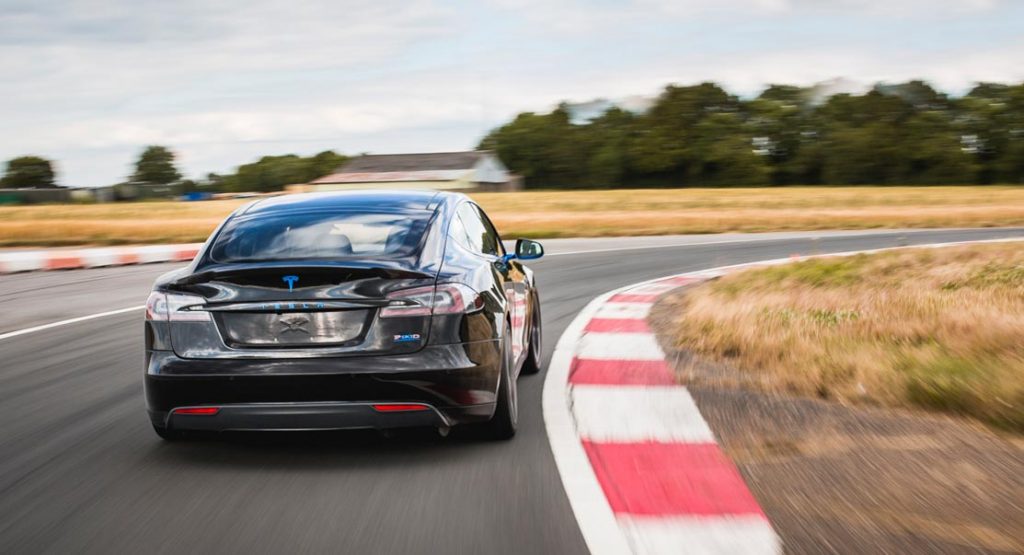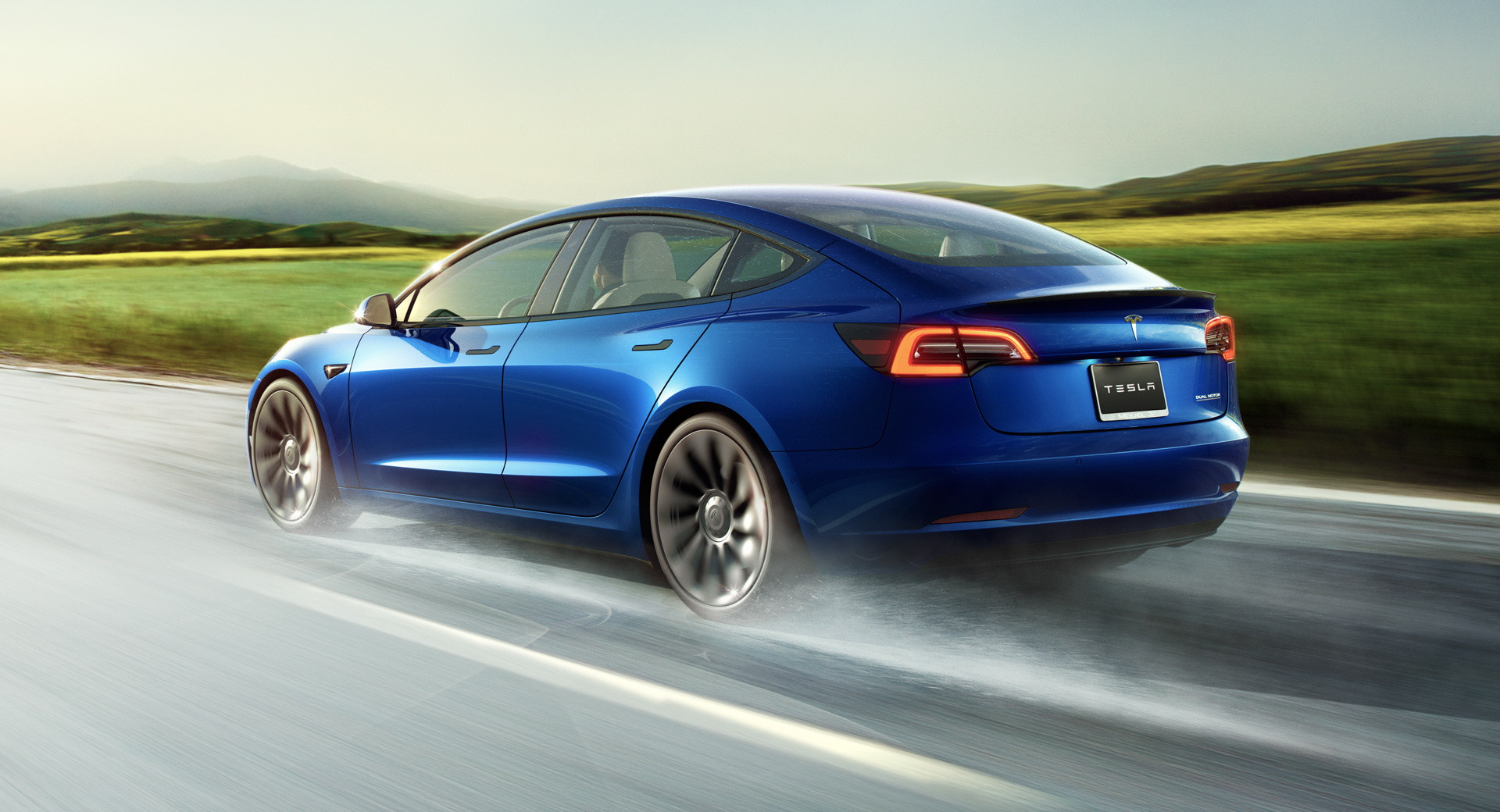We live in a world where we see countries actively pursuing lower speed limits. The UK has trialed lower speed limits on motorway sections from 70 mph (112 km/h) to 60 mph (96 km/h). Spain has reduced the speed allowed on two-lane urban roads from 50 km/h (31 mph) to just 30 km/h (18 mph). And other countries are looking to follow suit.
Of course, limiting top speed has long been employed by many manufacturers. Some of the best-known performance cars from Germany are restricted to 155 mph (250 km/h). But Volvo, spurred on by the goal of achieving zero fatalities in any of their vehicles, decided to take that one step further by capping their cars to 112 mph (180 km/h). It prefaces EU regulations coming into force from 2022 that will see all vehicles using either data loggers or traffic sign recognition to curb exuberance.
But are they fighting the right battle? Or are there more battles to be had? With top speed wiped off the top trumps cards, manufacturers and enthusiasts alike will surely revert to the next best alternative: acceleration. In fact, in light of instant torque (courtesy, mostly, of EVs) it’s already happening.
Read: Could The Tesla Roadster With SpaceX Package Do 60 MPH In 1.1 Seconds?
In many ways, a car’s 0-60 mph (0-96 km/h) time is a far better barometer of usable speed. While some nations either outlaw or discourage manufacturers from bragging about top speed, how many nanny states are critical of a sub-three-second 0-60 time? How about when those stats start going down to one second?
While the jury is still out on just how achievable a 0-60 mph (0-96 km/h) time of 1.1 seconds is, rumors that Tesla is aiming for such abound. The company recently hinted that the much-delayed Roadster, when equipped with the “SpaceX package,” is gunning for such a time. Now I don’t know if that’s pie-in-the-sky or not, but the fact remains that, even at two seconds, a lot can go wrong in a short space of distance covered.
Now I’m all for experiencing breakneck acceleration, and it remains an important factor when reviewing a car. But the proliferation of EVs such as those from Tesla and Porsche’s Taycan have brought those kinds of supercar experiences to a much wider audience. But there’s another angle of accessibility that worries me.
See: Renault And Dacia Follow Volvo’s Lead, Will Limit Their New Cars’ Top Speed To 180 Km/h/112 Mph
Pushing a car to the edge of the speedo on a public road takes a lot — and not just wanton disregard for speed limits or a derestricted section of German autobahn. It takes clear intent; you know what you’re doing and the risks associated. It takes an open stretch of road and at least a little amount of premeditation. But — launch modes aside — having any vehicle that can go from zero-to-illegal in a blink of an eye is an open invitation.
Engaging warp speed acceleration just for the thrill of it could be just as, if not more dangerous, than having no speed restrictor. Think about it: 0-60 mph in two seconds. It takes less than two seconds for someone glued to their phone to step into the street. It takes less than two seconds for a distracted driver to miss a stop sign.
One study found that a driver’s response to unexpected but common signals, such as a lead car’s brake lights, is about 1.25 seconds. Surprise events, such as an object suddenly moving into the driver’s path, is roughly 1.5 seconds. Have a car that can get up to 60 mph in that same period, and you lose all chance of avoiding a collision.
So the questions is how long before the powers at be wake up and rally against 0-60 times? And how on earth would this kind of thing be policed?







